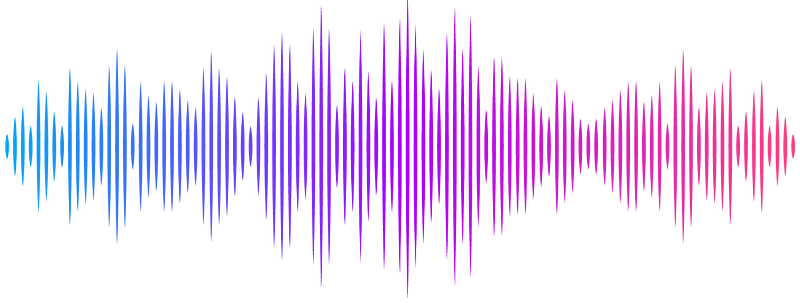Acute session of three endurance exercise intensities alters subcutaneous adipose tissue transcriptome in regular exercisers

Acute session of three endurance exercise intensities alters subcutaneous adipose tissue transcriptome in regular exercisers
Ahn, C.; Zhang, T.; Rode, T.; Yang, G.; Chugh, O. K.; Ellis, S.; Ghayur, S. J.; Mehta, S.; Salzman, R.; Jiang, H.; Parker, S.; Burant, C.; Horowitz, J. F.
AbstractThe primary aim of this study was to compare the acute effects of three exercise intensities on abdominal subcutaneous adipose tissue (aSAT) transcriptome in regular exercisers. A total of 45 adults who exercise regularly were assigned to perform a single session of either low-intensity continuous (LOW; 60min at 30% VO2max; n=15), moderate-intensity continuous (MOD; 45min at 65% VO2max; n=15), or high-intensity interval exercise (HIGH; 10x1min at 90% VO2max interspersed with 1min active recovery; n=15). aSAT biopsy samples were collected before and 1.5hours after the exercise session for bulk RNA sequencing and targeted protein immunoassays. HIGH upregulated genes involved in cytokine secretion, insulin signaling, and proteolysis while MOD and LOW upregulated genes regulating ECM remodeling, ribosome biogenesis, and oxidative phosphorylation pathways. Exercise-induced changes in aSAT angiogenic, MAPK cascade, and clock genes, ERK protein phosphorylation, and circulating cytokines were similar after all three exercise treatments. Network analysis identified exercise-responsive gene clusters linked to cardiometabolic health traits. Cell-type analysis highlighted a heterogeneous response of aSAT cell types to exercise, with distinct patterns observed across exercise intensities. Collectively, our data characterizes early responses in aSAT after a single session of exercise. Because adaptations to exercise training stem from an accrual of responses after each session of exercise, these early responses to exercise are likely important contributors to the long-term structural and functional changes that occur in adipose tissue in response to exercise training.